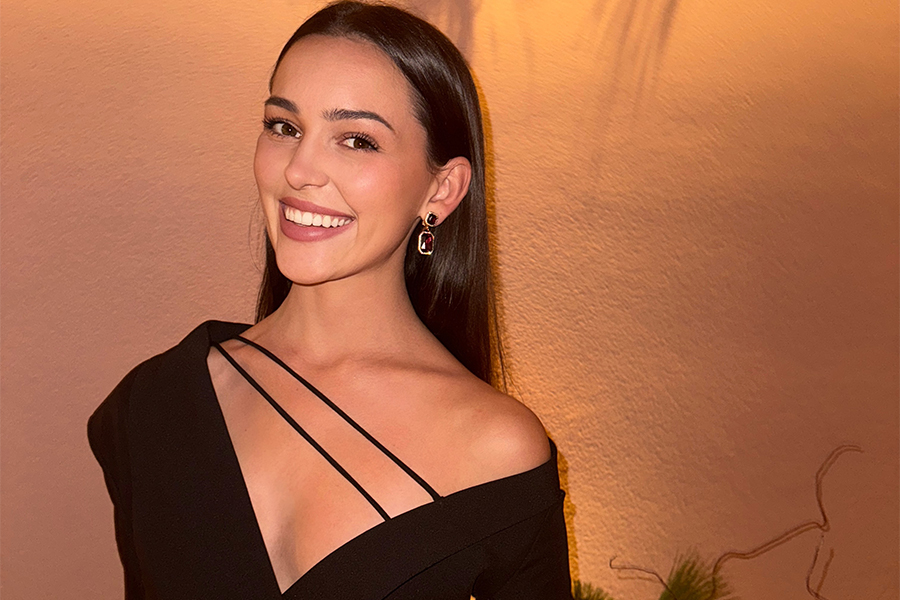“It all comes from character,” says production designer Mark Friedberg. “The sets are the visual score. They tell us what the script might not.” With an extensive portfolio to his name, Friedberg experienced early success in the ’90s with indie films, which led to work with such notable auteurs as Ang Lee, Wes Anderson, Jodie Foster, and Darren Aronofsky, and has spanned smaller films such as Jim Jarmusch’s Paterson to big-budget blockbusters like The Amazing Spider-Man 2.
His latest, Todd Hayne’s Wonderstruck, is a dual coming-of-age story that follows children from both the 1920s and 1970s as they try to escape their lives and find wonder at New York’s American Museum of Natural History. It required Friedberg to enter the mindset of two very distinct periods in American history. “The ’20s were about optimism and exuberance, a sense of growth. The ’70s were the opposite; everything was falling down,” he explains. “The place that these two eras overlap is in the museum that both kids explore.”

That meant bringing back the “frustration and desperation” of the ’70s through “silly patterns, large lapels, and a sense of trying too hard.” Similar to interior design, the real issue, he says, “is whose space is this and in what way was it affected by the character. Thinking about potential narratives adds to [the space’s] value.” For Wonderstruck, Friedberg found ’70s nostalgia as potential instruction. “Now we can see that it wasn’t just a time of failure, but a time when many cultural seeds were planted and started to grow.”


